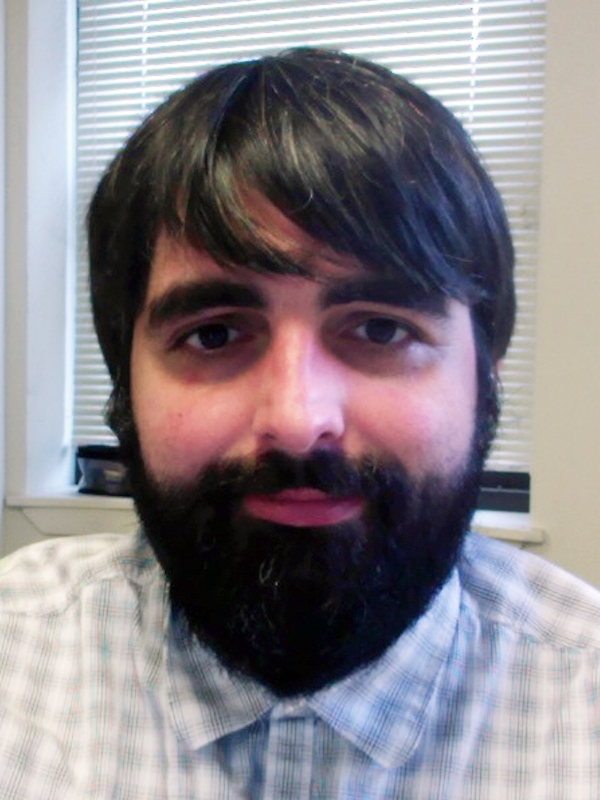
People have an intricate, yet largely unconscious knowledge of the languages they speak. This structural knowledge consists of subsystems which deal in representations of rather different sorts. Morphophonology deals in sound (or sign), semantics in denotations and their composition, and syntax in categories and constituents. Prof. Myler is principally interested in the architecture of the grammar; in other words, what each component consists of, how they fit together, and how their interaction gives rise to natural language structure as we find it.
So far, Prof. Myler has pursued these questions mainly through investigating noun and verb morphology in the Quechua family, and more recently through a study of argument structure and morphology in isiXhosa (in collaboration with colleague Prof. Zoliswa Mali). Another empirical focus has been syntactic differences amongst dialects of English, especially “non-standard ones” like his own. Fieldwork plays an important role in all of Prof. Myler’s work.

